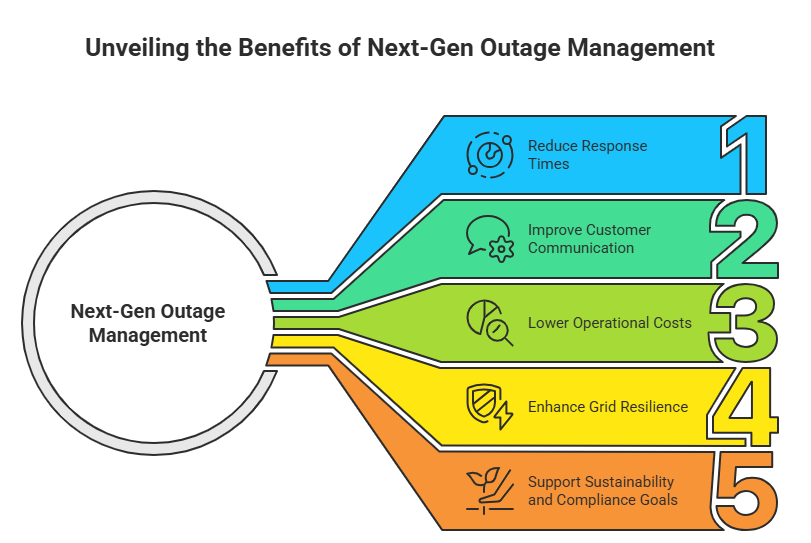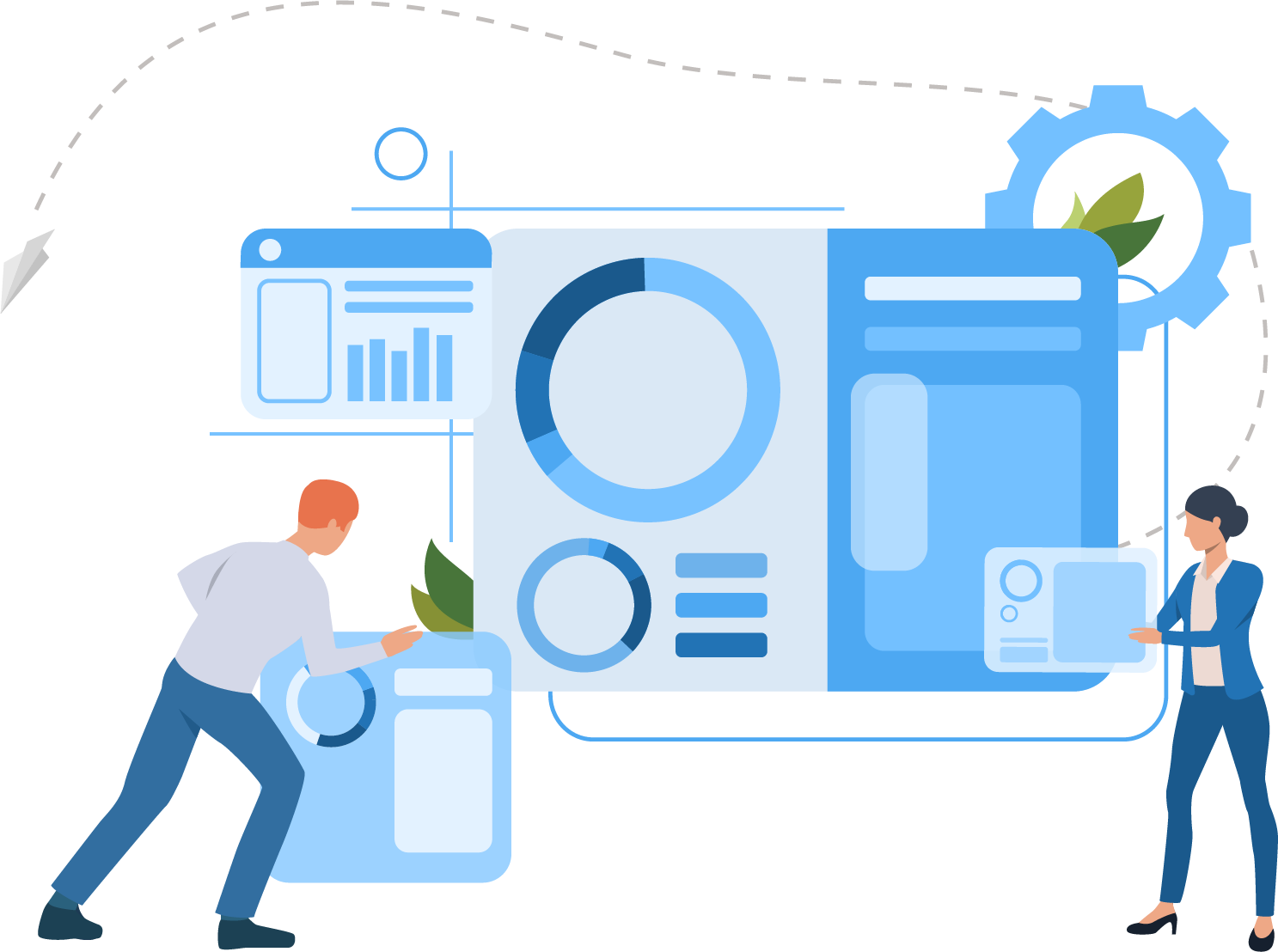
As utility providers face increasing pressure to deliver uninterrupted services, traditional outage response methods are no longer sufficient. With aging infrastructure, growing customer expectations, and frequent climate-related disruptions, the utility industry must adopt more intelligent and proactive systems. That’s where next-generation outage management comes in leveraging automation, real-time data, and smart integrations to transform the way outages are detected, managed, and resolved.
What Is Next-Gen Outage Management?
Next-gen outage management systems (OMS) go beyond simply tracking service interruptions. They integrate data from smart meters, sensors, and other digital infrastructure to detect faults automatically and guide response teams in real time. These platforms use predictive analytics, AI-driven diagnostics, and automated communication tools to restore service faster and more efficiently.
In today’s digital-first environment, these capabilities aren’t just convenient they’re essential for delivering reliable, transparent, and cost-effective utility services.
From Reactive to Proactive: The New Approach
Traditional outage responses were mostly reactive customers would report a loss of power or water, and only then would utilities begin troubleshooting. This reactive model often caused long downtimes and frustrated customers due to delayed communication and uncertainty.
Now, smart sensors and automated alerts identify the location, cause, and scope of an outage before customers even notice the disruption. This allows crews to respond faster, reroute resources, and update customers in real time dramatically improving operational efficiency and public satisfaction.
How Automation Drives Reliability
- Real-Time Fault Detection
With real-time data collection from smart meters, utilities can instantly detect unusual activity or loss of service. Platforms like Enterprise Meter Data Management help utility providers monitor consumption trends, identify patterns, and pinpoint potential issues before they escalate.
This automated detection eliminates the need for manual monitoring and reduces the risk of prolonged outages due to delayed responses.
- Accelerated Restoration Processes
Automated outage management systems utilize advanced mapping and diagnostics to identify outage sources and recommend restoration strategies. In many cases, power or water can be rerouted automatically while crews work on repairs.
When integrated with tools like Enterprise Utility Billing Management, utilities can also ensure accurate billing adjustments and usage data updates, maintaining trust and transparency with customers.
- Enhanced Communication with Customers
Next-gen OMS platforms come equipped with automated customer notification features. Instead of being left in the dark, customers receive instant updates about outage causes, estimated restoration times, and repair progress.
This transparent communication fosters trust and reduces the volume of inbound calls to support centers — especially during large-scale outages.
- Data-Driven Maintenance and Risk Mitigation
By analyzing historical outage data, utilities can adopt predictive maintenance strategies that identify at-risk equipment before it fails. These insights help utility providers reduce future outages, prioritize infrastructure investments, and maintain long-term service reliability.
Solutions like Enterprise Conservation Management support this initiative by helping organizations monitor consumption anomalies and resource efficiency, often pointing to hidden infrastructure issues.
Automation Meets Finance and Operations
While automation is revolutionizing field response and customer experience, it also plays a critical role in internal operations especially in finance and compliance. Tools like Enterprise Cashiering & Finance Management ensure that all financial activities related to outages such as refunds, billing adjustments, and repair costs are properly recorded and reconciled.
This financial visibility helps utility providers maintain operational continuity and regulatory compliance while offering greater transparency to customers and stakeholders.
Why Next-Gen Outage Management Matters Today
Climate-related disruptions are becoming more frequent, and consumer demand for fast, reliable service is at an all-time high. For utility providers, adopting next-gen outage management isn’t a luxury — it’s a necessity.
These advanced systems help:
- Reduce response times
- Improve customer communication
- Lower operational costs
- Enhance grid resilience
- Support sustainability and compliance goals

Utilities that embrace automation are better equipped to handle emergencies, manage resources efficiently, and scale as infrastructure and customer needs evolve.
Conclusion: Building a Resilient Utility Future
Next-gen outage management is redefining how utility providers operate in an increasingly complex world. Through automation, real-time data, and integrated communication, utilities can proactively prevent disruptions, respond faster, and deliver exceptional customer experiences
Book a Demo
Organizations looking to future-proof their utility infrastructure should consider platforms like Util360, which offer comprehensive solutions for billing, meter data management, conservation, and financial operations. By bringing together smart technologies under one unified system, Util360 empowers utility providers to rise to today’s challenges and lead with resilience, reliability, and innovation.




